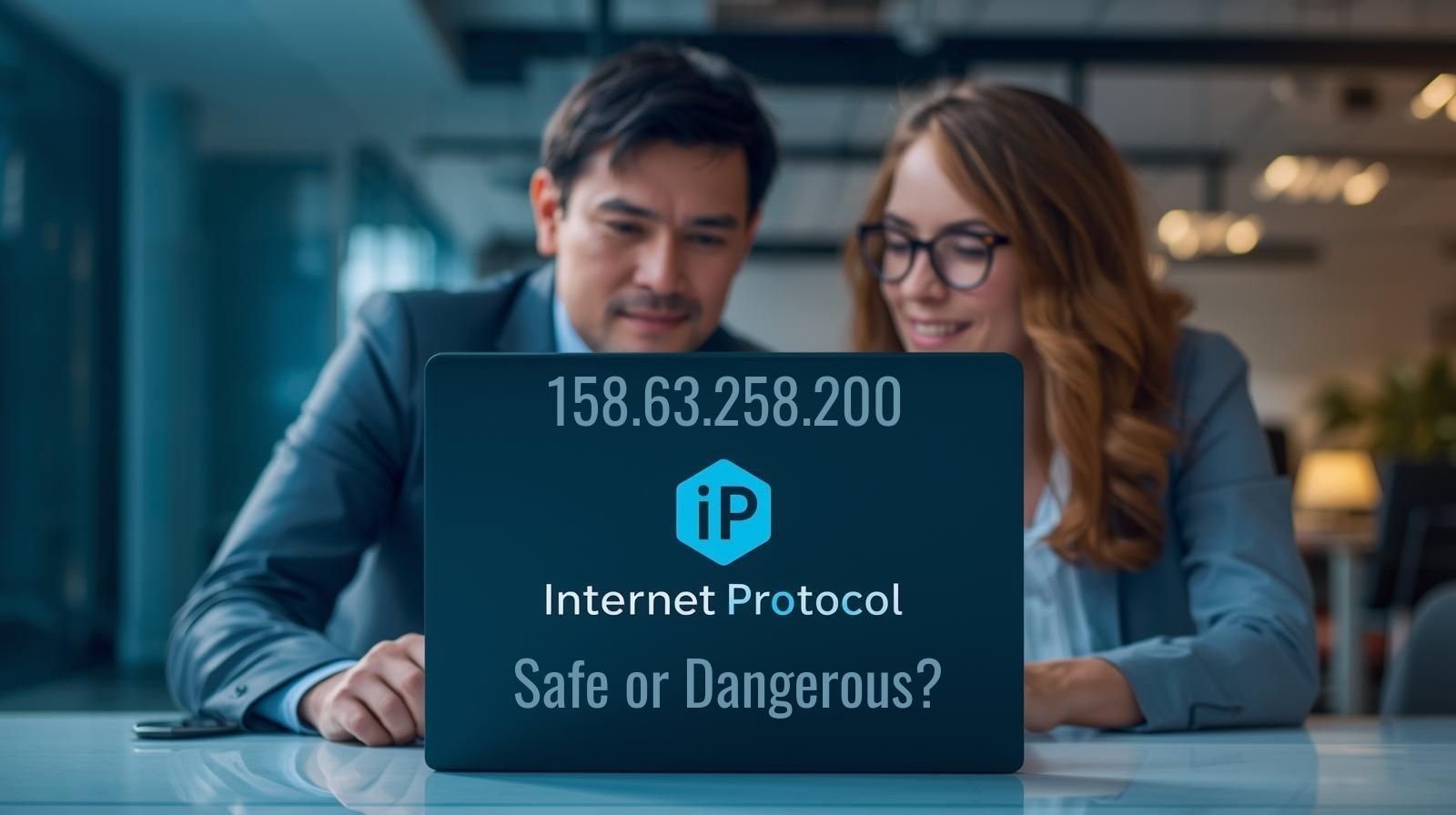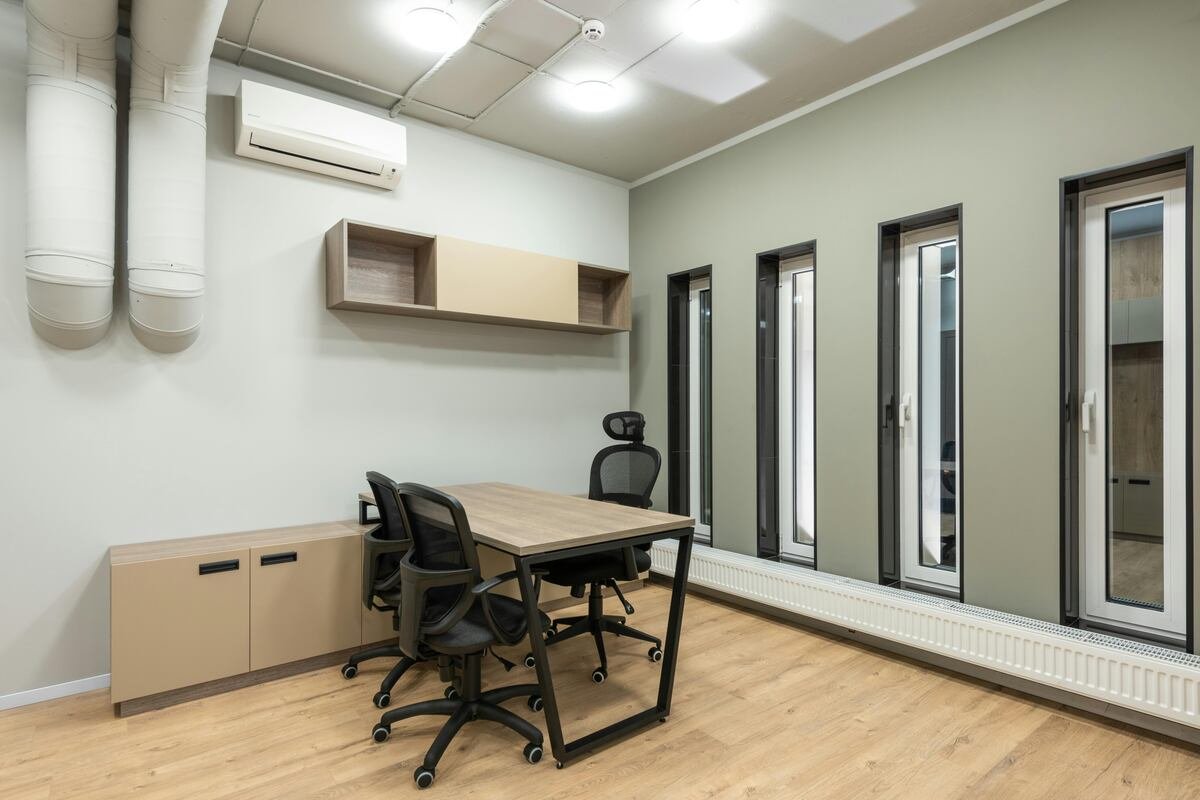Introduction
Have you ever come across a weird set of numbers on your screen—something like 158.63.258.200—and thought, “Uh, should I be worried?” Don’t worry, you’re not the only one. Most of us bump into strange IP addresses at some point, whether in our website logs, firewall alerts, or even random tech discussions.
The tricky part? Figuring out if that string of digits is harmless or if it’s one of those “better safe than sorry” situations. That’s exactly what we’re diving into today. I’ll keep things simple, real, and practical—no jargon storm—just straight talk about whether 158.63.258.200 is friend or foe.
What Is 158.63.258.200 Anyway?
Think of an IP address like a digital street address. Every device connected to the internet needs one so it can send and receive information. In this case, 158.63.258.200 is just one of millions of such addresses floating around online.
But here’s where it gets interesting: not all addresses are equal. Some are squeaky clean, tied to big companies, while others have a reputation for shady activity. It’s kind of like neighborhoods in real life—some are quiet suburbs, others… not so safe after dark.
Why Do People Even Care About 158.63.258.200?
Good question. Why does an ordinary-looking IP draw attention? Usually for one of three reasons:
- Suspicious Behavior – If security software notices odd traffic patterns from an IP, it’ll raise a flag.
- Blacklist Databases – Security groups keep track of “troublemaker” IPs linked to spam, phishing, or malware.
- Ownership Details – Sometimes just knowing who owns an IP can tell you a lot about whether to trust it.
So if 158.63.258.200 shows up in your logs, it’s not random—it probably triggered something worth looking into.
How to Tell If 158.63.258.200 Is Safe
Here’s the fun part: you don’t need to be a cybersecurity guru to check an IP. Here are a few easy ways:
Reverse IP Lookup
This tells you what websites are tied to the IP. If they look sketchy, that’s a clue.
Blacklist Check
Sites like AbuseIPDB or Spamhaus can confirm whether 158.63.258.200 has been reported for bad activity.
WHOIS Lookup
This gives you details on who owns the IP. If it’s linked to a known business or internet provider, you’re probably fine.
A Real-World Example
I once spoke with a café owner who ran a little online shop on the side. Their firewall kept pinging them about repeated login attempts from a strange IP. They shrugged it off at first—“probably nothing”. A few weeks later, their store was hacked, and customer info leaked. Guess what? The hacker was using that very IP range.
Lesson learned: those warnings aren’t just background noise.
Safe vs. Risky IPs: Spotting the Difference
Here’s a quick side-by-side that might help:
| Factor | Safe IP | Risky IP |
|---|---|---|
| Owner | Recognizable ISP or company | Unknown or fake details |
| Blacklist Status | Clear | Listed on spam/malware sites |
| Traffic Behavior | Normal browsing or server use | Brute-force attempts, heavy spam |
| User Reports | Rare complaints | Frequent abuse reports |
| Overall Risk | Low | High |
So… Is 158.63.258.200 Dangerous?
Honestly, it depends. On its own, 158.63.258.200 is just a number—neither good nor bad. But if it shows up repeatedly in your system logs, especially paired with odd activity, it could be trouble.
Think of it like hearing knocks on your door late at night. Once or twice? Maybe a neighbor. Repeated and persistent? You’d be a little concerned, right? Same idea here.
Read more: Understanding Johnson City Press Obituaries
Protecting Yourself from Suspicious IPs
Okay, let’s say you’re not sure whether 158.63.258.200 is friend or foe. What’s the safe play?
Use Your Firewall Wisely
Most modern firewalls let you block sketchy IPs. It’s like shutting the door in a stranger’s face.
Intrusion Detection Systems
Tools like Suricata or Snort can spot suspicious patterns and alert you before things get ugly.
Keep Software Updated
Hackers love exploiting outdated systems. Regular updates are boring, sure, but they keep doors closed.
Try a VPN
A VPN hides your own IP and adds a layer of privacy. Think of it as wearing sunglasses in a crowd—you’re harder to recognize.

Why Paying Attention to IPs Matters
Most people don’t think twice about IP addresses. But here’s the thing: they’re digital fingerprints. Ignoring them is like ignoring warning signs in real life—small red flags that can prevent big headaches later.
By staying alert to addresses like 158.63.258.200, you’re simply giving yourself an edge. Cybersecurity isn’t about being paranoid—it’s about being prepared.
Conclusion
So, what’s the verdict? Is 158.63.258.200 safe? Well, by itself, it’s just a harmless set of numbers. But context is everything. If you see it popping up alongside shady behavior, don’t dismiss it.
The internet can feel like a wild west sometimes. Learning to recognize safe versus suspicious IPs is like learning to spot trouble before it reaches your door. And trust me, prevention is way easier than cleaning up after a hack.
Stay cautious, stay curious, and always double-check before you trust.
FAQs About 158.63.258.200
Q1. What is 158.63.258.200?
It’s an IP address, basically a digital “home address” for a device on the internet.
Q2. Can an IP address harm my computer?
Not directly. But if tied to malicious servers, it can be part of an attack.
Q3. How do I check its safety?
Use blacklist checkers (AbuseIPDB, Spamhaus) or run a WHOIS lookup.
Q4. Should I block it if I see it?
If it shows up repeatedly in suspicious activity, blocking is the safe move.
Q5. Are all unknown IPs dangerous?
Nope. Many are harmless, but frequent unwanted activity is a red flag.
Thanks for Visit USA Tech Press










